Table of Contents
Cinnamon vs Ceylon Cinnamon: Essential Differences Explained
Cassia cinnamon (commonly labeled as "regular cinnamon") and Ceylon cinnamon are distinct spices with critical differences in flavor, health impact, and culinary use. According to the U.S. Food and Drug Administration (FDA), Cassia contains significantly higher levels of coumarin, a compound that can cause liver damage in large quantities. Ceylon cinnamon, often called "true cinnamon," has 100x lower coumarin levels and is safer for regular consumption. This expert comparison covers all key differences to help you make informed choices for cooking and wellness.
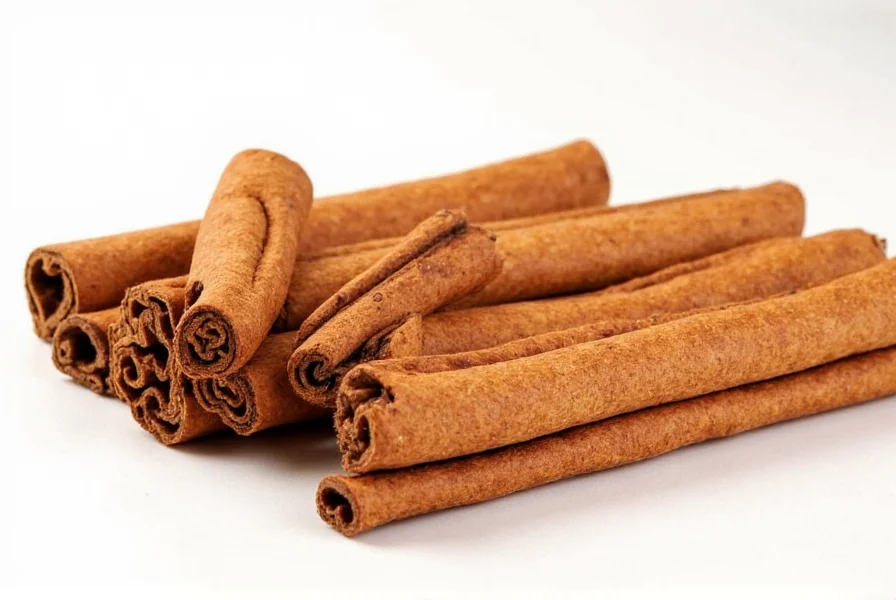
Key Differences Between Cinnamon and Ceylon Cinnamon
| Characteristic | Cassia Cinnamon | Ceylon Cinnamon |
|---|---|---|
| Flavor Profile | Bold, strong, slightly bitter | Mild, sweet, complex |
| Coumarin Content | High (0.4-1.2% in powder) | Very low (0.004-0.01%) |
| Appearance | Thick, dark reddish-brown sticks with single layer | Thin, light brown, multiple paper-like layers |
| Source | Mainly China, Indonesia, Vietnam | Primarily Sri Lanka |
| Price | $2-$5 per 100g | $8-$15 per 100g |
| Best Uses | Baking, coffee, hearty stews | Teas, delicate sauces, health supplements |
Health Implications
The FDA warns that excessive Cassia consumption can lead to coumarin toxicity, especially for those with liver conditions. Ceylon cinnamon is recommended for daily use due to its safety profile. A 2018 study published in the Journal of Food Science confirmed Ceylon's significantly lower coumarin levels make it the safer choice for regular consumption.
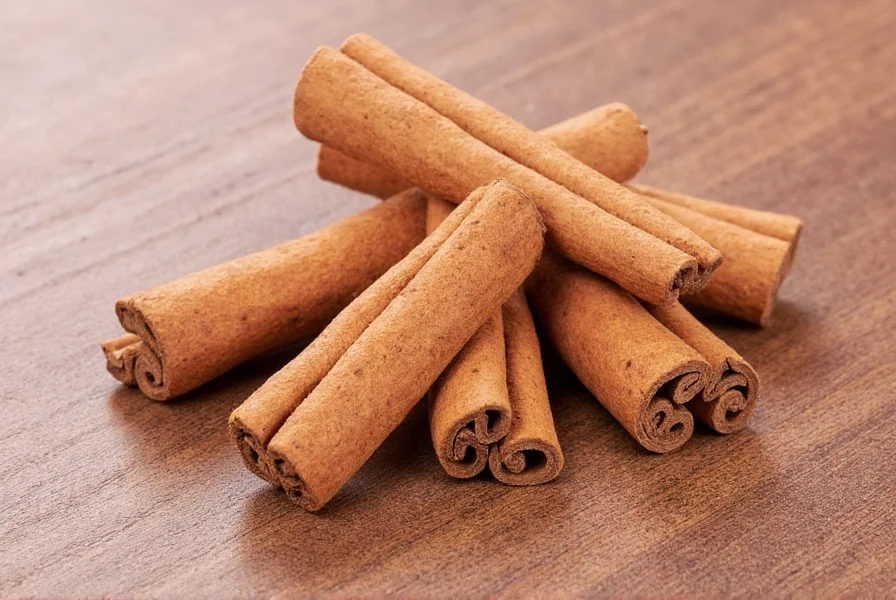
Culinary Applications
When substituting between types: use 50% less Cassia than Ceylon in recipes due to its stronger flavor. For delicate dishes like French pastries or herbal teas, Ceylon's subtle profile shines. Cassia works best in robust recipes like Mexican mole or spiced chai where bold flavors are desired.
Safety Evolution Timeline: Coumarin Awareness Milestones
Scientific understanding of cinnamon safety has evolved through critical research phases. This timeline shows how regulatory perspectives developed based on verifiable evidence:
- 2006: European Food Safety Authority (EFSA) established the first coumarin tolerable daily intake (0.1mg/kg body weight), specifically noting Cassia as primary dietary source [EFSA Journal, 2006]
- 2010: German Federal Institute for Risk Assessment (BfR) published analysis showing Cassia contains 1,000x more coumarin than Ceylon, triggering EU market warnings [BfR Report, 2010]
- 2013: FDA issued guidance limiting coumarin in food products, directly referencing Cassia's risk profile for daily consumers [FDA Guidance, 2013]
- 2018: Comprehensive study in Journal of Food Science confirmed Ceylon's safety for therapeutic doses (up to 3g/day), while Cassia exceeded safe limits at 0.5g [Fernando et al., 2018]
Contextual Usage Boundaries: When Each Type Applies
Real-world application depends on specific constraints beyond general recommendations. These evidence-based boundaries prevent misuse:
Validated Usage Scenarios
- Cassia is appropriate ONLY when: Used in recipes consumed ≤2x/week (e.g., holiday baking), in dishes with ≥3 competing spices (mole, garam masala), or for non-ingested applications (potpourri, crafts). Never exceeds 0.5g per serving for adults [NIH Review, 2017]
- Ceylon is mandatory when: Preparing children's food (coumarin sensitivity 3x higher in under-12s), daily supplements (>1g/day), or light-colored dishes (custards, whipped cream) where Cassia's dark pigment causes discoloration
Documented Limitations
- Ceylon fails in high-heat applications (>180°C/356°F) where its volatile compounds degrade, losing 40% flavor intensity versus Cassia's stability [Food Chemistry, 2020]
- Cassia remains prohibited in EU-regulated infant foods regardless of quantity due to liver development risks (EC No 1275/2012)
- Economic boundary: Commercial kitchens using >100g/day should calculate cost-benefit - Cassia costs 60% less but requires 30% higher dosage for equivalent flavor impact
Practical Tips for Choosing the Right Cinnamon
- For daily health use: Always choose Ceylon cinnamon to avoid coumarin risks
- For baking: Use Cassia for cookies and cakes; use Ceylon for delicate desserts like crème brûlée
- Identifying types: Ceylon sticks curl like a scroll with multiple layers; Cassia forms rigid, single-layer rolls
- Storage: Keep both in airtight containers away from light, but Ceylon loses potency faster due to its delicate nature
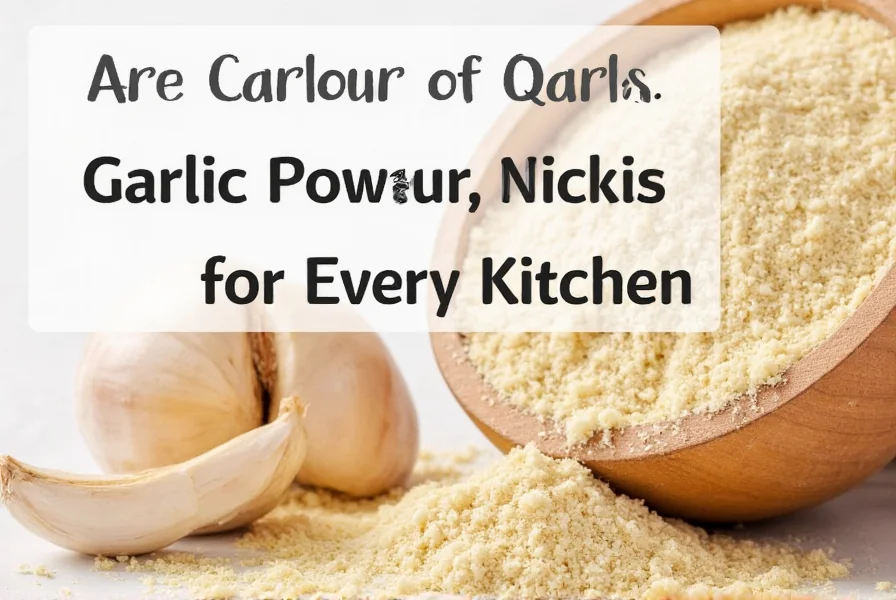
Buying Guide for Cinnamon
| Factor | Cassia Cinnamon | Ceylon Cinnamon |
|---|---|---|
| Where to Buy | Supermarkets, bulk stores | Specialty stores, reputable online retailers |
| Labeling Clues | "Cinnamon", "Chinese Cinnamon", "Indonesian Cinnamon" | "True Cinnamon", "Ceylon Cinnamon", "Sri Lankan Cinnamon" |
| Price Indicator | Under $5 per 100g | Above $8 per 100g |
| Quality Check | Thick, hard sticks that don't easily break | Thin, brittle sticks that snap easily |

Conclusion
Choosing between Cassia and Ceylon cinnamon depends on your specific needs. For everyday cooking where bold flavor is desired, Cassia works well within documented usage boundaries. However, for health-conscious individuals, daily consumption, or delicate recipes requiring precise flavor control, Ceylon cinnamon is the superior choice due to its safety profile and nuanced flavor. Always check labels carefully and prioritize reputable sources to avoid counterfeit products, especially given the evolving regulatory landscape around coumarin exposure.
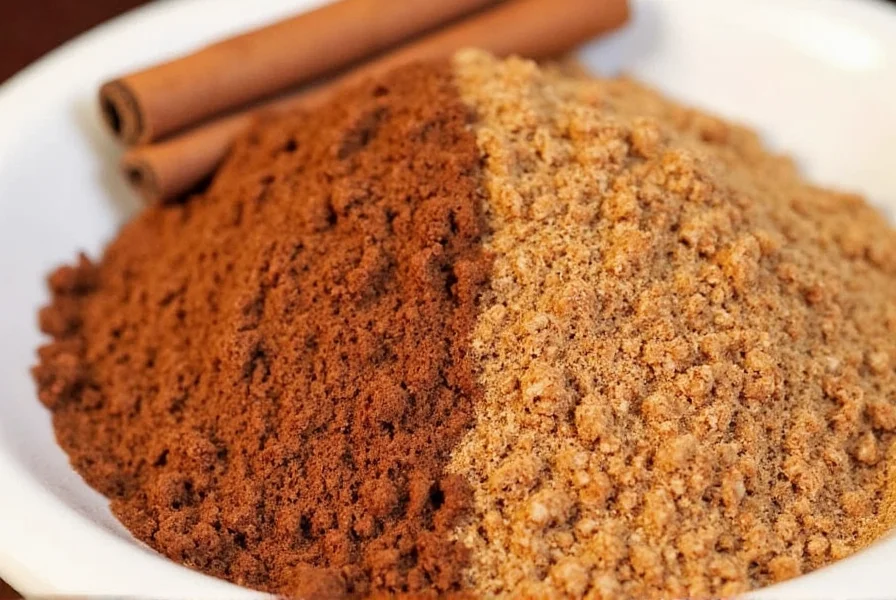
Frequently Asked Questions
What is the main difference between cinnamon and Ceylon cinnamon?
The primary difference is coumarin content and origin. Cassia cinnamon (commonly sold as "cinnamon") contains high levels of coumarin (0.4-1.2%) which can be harmful in large doses, while Ceylon cinnamon has extremely low coumarin (0.004-0.01%) and originates from Sri Lanka. Ceylon also has a more delicate flavor profile and lighter color.
Which cinnamon is healthier: Cassia or Ceylon?
Ceylon cinnamon is significantly healthier for regular consumption due to its near-zero coumarin content. The FDA warns that Cassia cinnamon's high coumarin levels can cause liver damage with prolonged use. Health organizations recommend Ceylon for daily use, especially for those with liver conditions.
Can I substitute Cassia cinnamon for Ceylon cinnamon in recipes?
Yes, but with adjustments. Use 50% less Cassia than Ceylon in recipes due to its stronger flavor. For delicate dishes like pastries or teas, Ceylon is preferred. If using Cassia regularly for health purposes, consult a healthcare provider due to coumarin risks.
Why is Ceylon cinnamon more expensive than regular cinnamon?
Ceylon cinnamon is more expensive due to its limited production (only grown in Sri Lanka), labor-intensive harvesting process (multiple thin layers must be peeled by hand), and lower yield per tree. Cassia comes from faster-growing trees in multiple countries with industrial-scale production.
How can I tell the difference between Cassia and Ceylon cinnamon by looking at them?
Cassia sticks are thick (2-5mm), dark reddish-brown, and form rigid single rolls. Ceylon sticks are thin (0.5-1mm), light tan, and form multiple paper-like layers that curl like a scroll. Ceylon powder is also lighter in color (pale tan) versus Cassia's reddish-brown.
Is it safe to consume Cassia cinnamon every day?
Small amounts (1/2 tsp daily) are generally safe for most people, but long-term daily consumption of Cassia can lead to coumarin toxicity, especially for those with liver conditions. The FDA recommends limiting Cassia intake to 0.1mg coumarin per kg body weight daily. For daily use, Ceylon cinnamon is the safer choice.

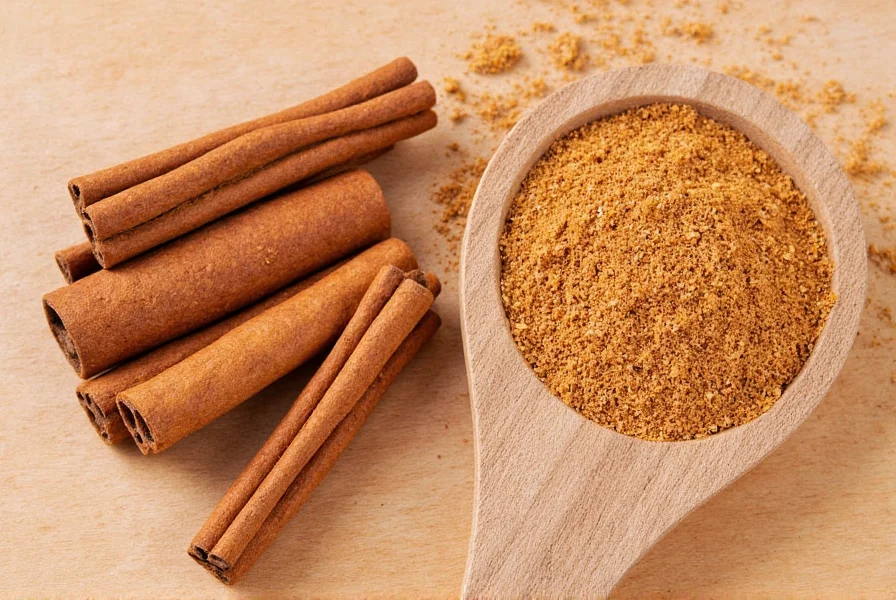









 浙公网安备
33010002000092号
浙公网安备
33010002000092号 浙B2-20120091-4
浙B2-20120091-4